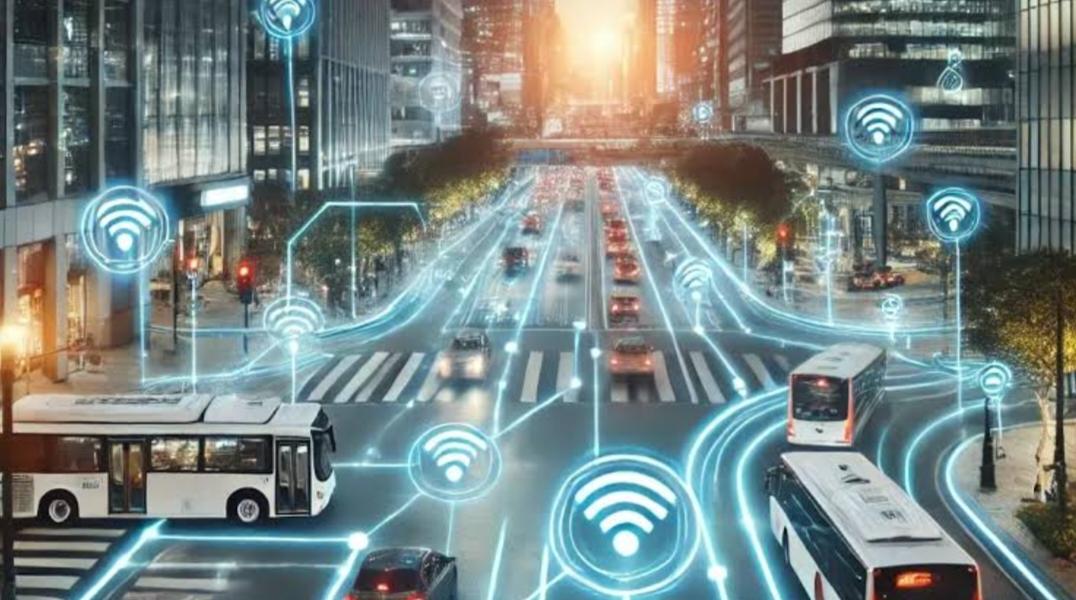Inquire
From Congestion to Coordination : Automating Urban Traffic Systems with IoT

Urbanization has led to an exponential rise in vehicle density, resulting in traffic congestion, increased fuel consumption, and poor air quality. Traditional traffic management systems are often reactive and inefficient. To combat these challenges, IoT-enabled smart traffic management systems are emerging as a game-changer.
Intelligent Traffic Sensing
Advanced sensor networks (including inductive loop detectors, infrared sensors, and video cameras) collect real-time data on vehicle flow, speed, and congestion. These are integrated into edge computing nodes that preprocess traffic data at the source to reduce latency.
Adaptive Signal Control Technology (ASCT)
Machine Learning (ML) algorithms are applied to historical and real-time traffic data to dynamically adjust traffic signal timings. This reduces vehicle idling time and optimizes signal cycles based on live traffic conditions.
Vehicle-to-Infrastructure (V2I) Communication
Connected vehicles communicate with roadside infrastructure through Dedicated Short Range Communication (DSRC) and 5G networks. This enhances coordination between autonomous vehicles and traffic systems for smoother mobility.
Centralized Traffic Management Platforms
Smart traffic data is centralized in cloud-based Traffic Management Centers (TMCs). These platforms perform predictive analytics to forecast congestion patterns, detect incidents, and reroute traffic using real-time GPS and GIS mapping.
Integration with Public Transport and Emergency Services
Automated systems synchronize with smart transit systems and prioritize emergency vehicle passage using AI-based decision-making algorithms. This improves public safety and urban mobility efficiency.
Environmental Monitoring and Emission Control
Air quality sensors and carbon emission analyzers are integrated to assess the environmental impact of traffic. Smart signals divert traffic from high-pollution zones, contributing to sustainable urban living.
Conclusion
The convergence of IoT, AI, and edge-cloud technologies is revolutionizing urban traffic management from a state of congestion to seamless coordination. Future smart cities will rely on autonomous traffic control ecosystems that are predictive, adaptive, and resilient.
- Managerial Effectiveness!
- Future and Predictions
- Motivatinal / Inspiring
- Other
- Entrepreneurship
- Mentoring & Guidance
- Marketing
- Networking
- HR & Recruiting
- Literature
- Shopping
- Career Management & Advancement


 SkillClick
SkillClick